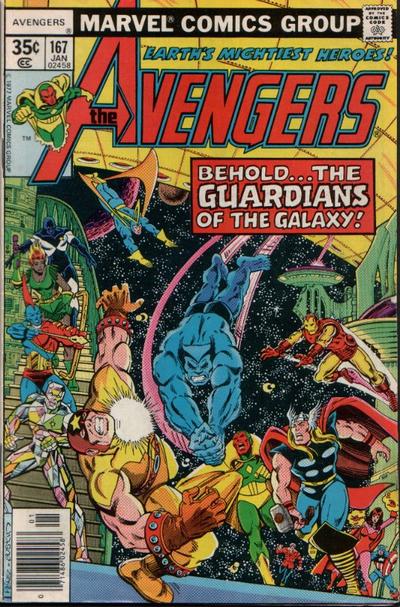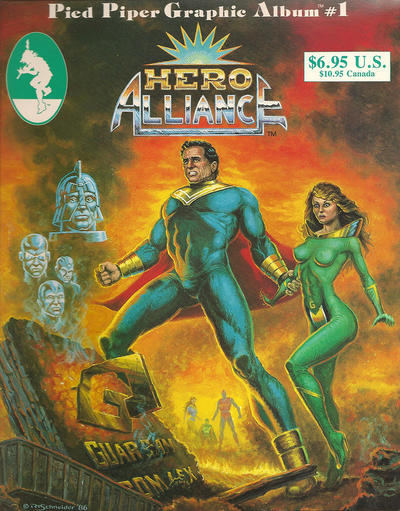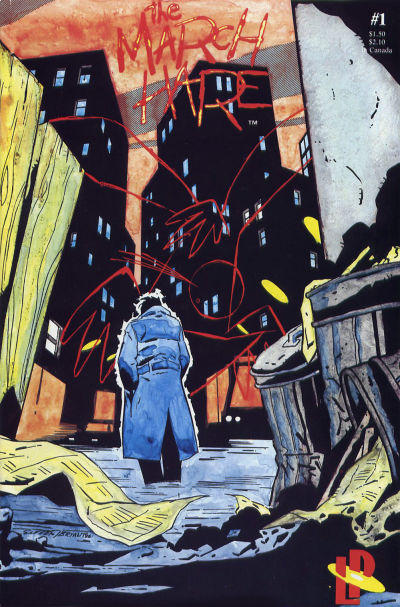Brazilian exchange student Maria de Guzman is suffering from weird nightmares during her first nights in Elm Harbor, MI. Unable to sleep, she’s attacked when out for a midnight jog. Adrenaline taking over she transforms into … The Jaguar!
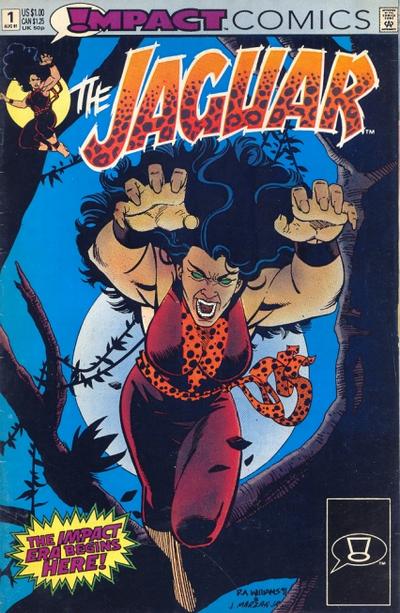
DC Comics’s !mpact inprint was a short lived attempt to provide a superhero line accessible for new and younger readers, starring new versions of the old MLJ/Archie Comics superheroes. Launched in 1991, it was sadly somewhat overshadowed by the launch of another new superhero publisher with a very similar name you might have heard of called Image in the same year. Lack of sales not helped by having to pay licensing costs meant the whole project barely lasted two years, with the attempted reboot series Crucible failing to reverse things. A pity because honestly, this was the most interesting the Archie superheroes had ever been.
The Jaguar being proof positive of this. The original was just another white dude who on an expedition in the jungle of Peru finds a jaguar belt in an Incan temple which gives him “supreme power over animals everywhere in the universe” and uses it to become a superhero. Created in 1961, his adventures were very of the Silver Age Superman type, just worse. He managed fifteen issues of that sort of stuff, frustratingly one more than the !mpact Jaguar, then occasionally showed up whenever Archie decided to dust off their superhero properties again. This never lasted long because Archie was never that good at superheroes. It didn’t help that every new attempt just picked up from the last, so you had a bunch of heroes with complicated back stories that you were supposed to be familiar with. Not very helpful for a new reader.
DC did it differently, starting with a clean slate, radically retooling some of these heroes. As one example there was The Web, originally a fairly standard roof runner superhero whose gimmick was that he was henpecked by his wife. In the !mpact version, The Web became a group of armoured government agents, the equivalent of Marvel’s SHIELD. While some of the titles did hew close to the originals, especially with The Shield, as a reader you didn’t need to know any of that. Which made it very exciting for me.
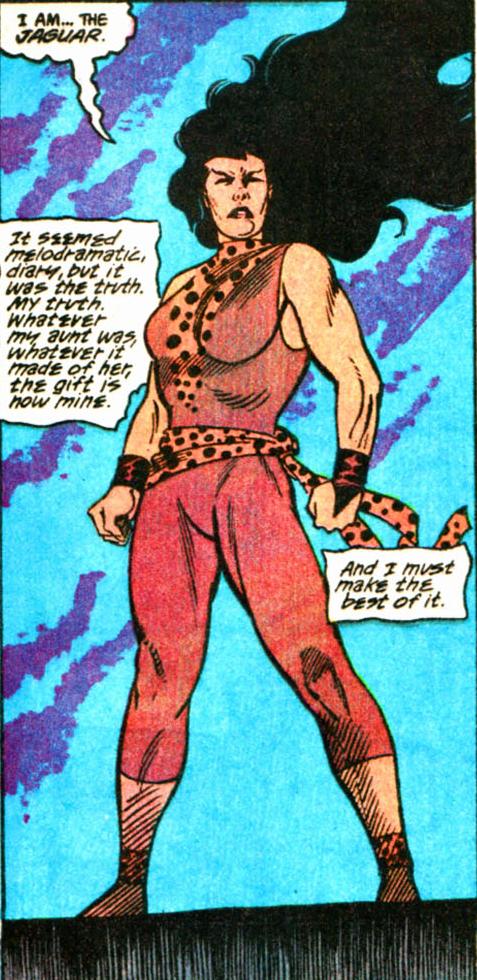
At the time I had been reading superhero comics for a couple of years, but there had never been something like this, an entire new universe for me to explore. With only five launch titles (Jaguar, Legend of the Shield, The Comet, The Fly and The Web) it was also manageable to keep up with the entire line. A year or two later you’d be sick to the back teeth of all the new superhero universes launching, but back then it was all new and exciting.
From the start, Jaguar was my favourite, not just because this was a seven foot tall muscular woman who towered over every other !mpact hero. Written by William Messner-Loebs, with art by David Williams and José Marzán Jr, the series had a healthy dose of soap opera shenanigans alongside the superheroics. Most drama courtesy of Tracey, resident queen bee who became Maria’s reluctant friend and confidante, the only person to know her secret identity. This being 1991 not even a hint of yuri could be found, but looking at it in hindsight it would’ve been a logical development.
Instead, she was friendly with fellow superhero the Fly, like herself somebody who transformed into an entirely different person, from teenager to adult. Their relationship was quite sweet, finding mutual comfort and friendship, but like with so much else, barely had time to even be established before the line was cancelled entirely.
I still feel this was a wasted opportunity, that if only DC had given it a little bit more time and attention this could’ve worked. Since then Archie has had multiple relaunched of their reclaimed superheroes, some of which have indeed been interesting (Mark Waid’s Fox series e.g.), but there has been nothing quite like !mpact and Jaguar since.
